It's been a long time since I've added an entry in the supplement series so this seems like as good a time as any to talk about one of the most popular supplements to ever be formulated- creatine monohydrate. As a quick note, there are multiple forms of creatine available on the market but creatine monohydrate (in powder form) is what we are going to be talking about here as it is the variation of creatine used in nearly all studies showing performance benefits in human subjects.
What is Creatine?
Creatine is a combination of three different amino acids, glycine, arginine, and methionine, but what does it do? Before we talk about that, we have to cover a little bit of background. Our bodies' energy source is Adenosine Triphosphate, ATP. ATP is used to fuel virtually every bodily function there is. When the phosphate bond is broken, energy is produced, leaving behind Adenosine Diphosphate.
Essentials of Exercise Science for Fitness Professionals (p. 73)
This ATP has to be continuously re-synthesized and that's where The Phosphagen System comes into play. Creatine Phosphate is another high energy bond that serves a dual purpose. When the creatine phosphate bond is broken, it also gives off energy to be used for anaerobic activity, such as lifting weights. (You're probably already drawing the connection here.) When the bond is broken, it leaves behind a phosphate molecule that will be bonded with ADP and becomes ATP again.
Essentials of Exercise Science for Fitness Professionals (p. 73)
As you may have already deduced, by supplementing creatine, you are saturating your muscles with creatine that can be bonded with phosphate molecules to provide anaerobic energy and assist the phosphate and ADP to combine into ATP.
Creatine can also hydrate muscle cells. When muslce cells are hydrated, there is an increase in protein synthesis. When more water goes into muscle cells, ions (such as nitrogren) follow, in order to maintain balance, again, increasing protein synthesis.
As a side note, creatine has been shown to slow the progression of certain neurodegenerative diseases as well as increase muscle mass in patients with muscular dystrophy but we will not be addressing those here.
When to take Creatine.
I personally take creatine post-workout. This is for a couple of reasons. Our bodies absorb nutrients better after a workout. Also, Creatine will help restore creatine phosphate stores that were depleted during your workout; however, after taking creatine for a period of time, your muscles will be saturated and probably won't matter all that much.
How much to take.
The most common dose is 5g; although, studies have shown that 3g is the minimum effective dose.
Is it safe?
For individuals with no health complications, creatine has been shown to have very little, if any, side effects. It is important to note that in rare instances, some individuals can experience nausea, stomach pain, muscle cramping, and/or diarrhea. If present, these side effects can be mitigated by starting with a lower dose.
There you have it! Creatine, one of the few supplements that I personally use. If you are interested in purchasing creatine, I have provided an Amazon Affiliate link here:
http://amzn.to/2aZjm4t
Be sure to like and share on social media. It helps out a lot. Thanks for reading! God bless you AND your family!
Sources:
- Stoll B, Gerok W, Lang F., Haussings. Liver Cell Damage and Protein Synthesis. Biochemical Journal 287 (Pt 1) 217-222, 1992.
- Kreider et. al. Perceived Fatigue Associated With Creatine Supplementation During the Fall Collegiate Baseball Series of Division I Players. Journal of Athletic Training. April-June 2001 v31 i2 pS 83.
- http://umm.edu/health/medical/altmed/supplement/creatine



